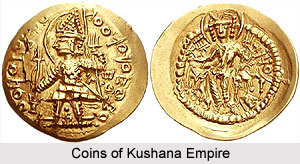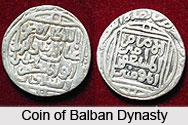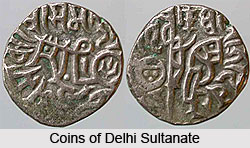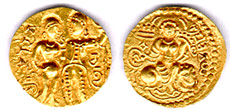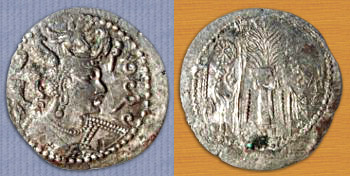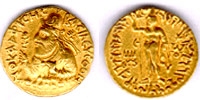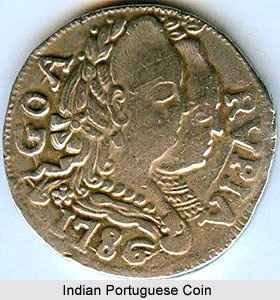Most likely the first coins of ancient India were minted just before 5th century B.C. in northern and central India. Although, few historians have proposed (based on Vedic records) that India minted perhaps the first coins of the world which were prefaced even earlier than Lydian/Ionian coins, in 8th century B.C., most scholars stand in disagreement with this theory. Both literary and archaeological evidence confirm that the Indians invented coinage somewhere between 5th to 6th century B.C. Panini had penned in his Ashtadhyayi in 4th-5th century B.C. in which he has mentioned Satamana, Nishkas, Sana, Vimastika, Karshapana and it`s various sub-divisions to be used in financial transactions. Thus, coins are known in ancient Indian literature since 500 B.C. There also exists a strong belief that silver as a metal which was not available in Vedic India (pre 600 B.C.), had become abundantly available by 500-600 B.C. Most of the silver came from Afghanistan and Persia as a result of international transaction.
The geological dating of regular dynastic coin issues in present day India is ridden with controversies. The earliest of these instances of ancient Indian coins relate to those of the Indo-Greeks, the Saka-Pahlavas and the Kushanas. These coins are generally positioned within the 2nd century B.C. and 2nd century A.D. Hellenistic traditions personify the silver coins of the Indo-Greeks, with Greek gods and goddesses being visible prominently, apart from the portraits of the issuers. These coins with their Greek legends are historically of much significance, as the historical maturation of the Indo-Greeks has been reconstructed almost entirely on their evidence. The Saka coinages of the Western Kshatrapas are conceivably the earliest dated coins, the dates being stated in the Saka era that commences in A.D. 78. The Saka era, in this context, constitutes the official calendar of the Indian Republic.
The mass of foreign coin hoards discovered in the country, in regard to the ancient coinage in India, has been of much usage to research and historical data evaluation. Ancient India did possess considerable trade links with the Middle East, Europe (Greece and Rome) as well as China. This trade was executed and followed up over land, partly along what came to be referred to as the Silk Route and partly through maritime trade. By the time of Pliny, the Roman historian, Roman trade with India was indeed flying high, and establishing a steadiness of payments problem for the Roman Empire. In South India, which had a thriving maritime trade, Roman coins were even passed around in their original form, although slashed at times as a gesture foreswearing encroachments of `foreign sovereignty`.
As a conclusive ending to the gradual melting away of ancient coins in India, towards the ushering in of the Medieval coinage in India, the highly diversified and motley groups of coins can be viewed with their regard and casting and meticulous differentiation in chiselling up. Indeed, these various types of ancient coins of India were perhaps only mastered and built by excellent man power, which stood out from each of the governing generation, with their sheer defining of a perfect line.
